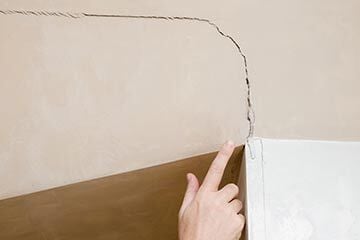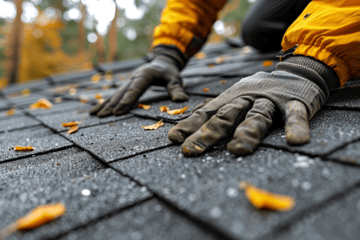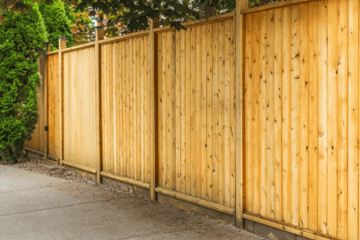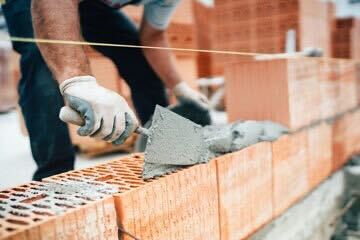Trace and access cover is a feature of your buildings insurance policy. It covers the cost of finding the source of a leak and making sure tradespeople can access it for repairs.
Usually you'll find that it's included as standard, and it can be useful if you do find yourself with a leak. It's particularly helpful for leaks that are hard to detect.
We'll talk you through trace and access insurance and what it covers.
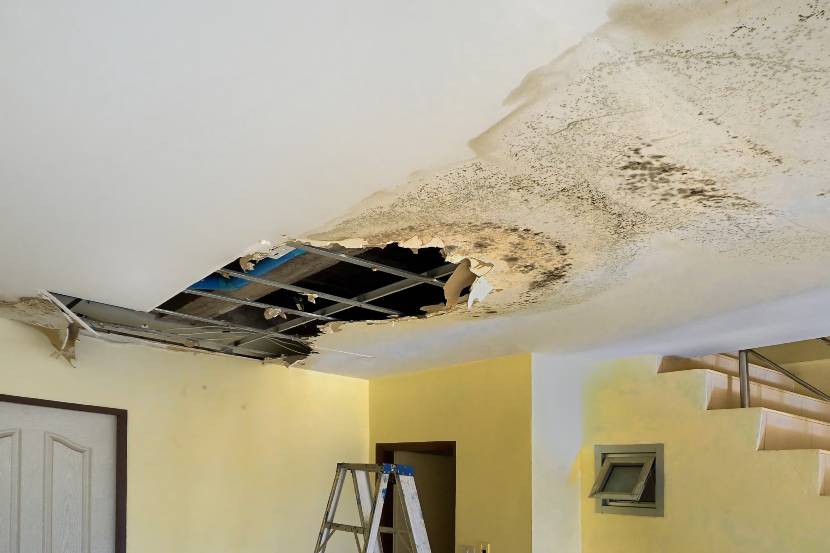
What does trace and access cover?
Trace and access covers:
- The cost of finding the source of a leak in your home
- Making the area around the leak accessible so it can be repaired
- Any repairs needed to fix the damage that’s been caused by the search
What doesn’t trace and access cover?
Trace and access doesn’t cover:
- Repairing the leak. It’s only for finding the source of the leak and making it accessible for repair.
- Any water coming in from the outside. It only covers the escape of water from a burst pipe, for example.
The cost of repairing pipes should be covered under your buildings insurance policy, but it's always worth checking.
Does my home insurance cover trace and access as standard?
Yes - The good news is that trace and access cover is usually part of your buildings insurance policy. But it's a good idea to check first as every policy varies.
The actual amount you're insured for can be different, but policies tend to cover up to £5,000.
Whenever you buy or renew your home insurance, look at the policy wording. Here you can see how much home insurance cover you have and whether trace and access is included.
If your insurance policy doesn’t include it, it's likely that you're responsible for paying the full cost of any investigations when you have a leak.
Are underground pipes covered by home insurance?
Yes, most buildings insurance policies cover underground pipes if they’re on your private land. This includes:
- Pipes
- Drains
- Cables
- Tanks
Your home insurance covers you for the underground pipes you’re legally responsible for. So anything owned by a water company or your neighbours isn't covered.
Also, you might not be covered if:
- The damage isn’t accidental
- The pipes degrade due to usual wear and tear
Trace and access insurance claim tips
There are three steps you need to take to make a trace and access insurance claim:
-
Contact your insurers as soon as possible and tell them about the leak. You should do this before you get any work done. This is important because some might prefer you to use a specialist trace and access company.
-
The insurer sends the company who should expose the leak, making sure it’s accessible. After this they should produce a report for your insurer.
-
You give the report to your provider who then reimburses you for the costs.
Once the leak has been traced, you can speak to your insurer about getting it repaired through your buildings insurance policy.
Why might a trace and access claim be refused?
There are a few reasons why your insurer may refuse your trace and access claim:
- There's no water damage. Although rare, if no water damage is found then it's hard to determine whether there was a leak at all.
- Escape of water vs ingress of water. Trace and access covers things like a burst pipe where water has escaped, but it doesn't cover water coming in from the outside (ingress).
- Investigations found that a water leak isn't the problem. You aren't covered if they find that the source of your problems is not from a water leak, and so no insurable event has taken place.
Can I claim on my home insurance for a water leak?
Yes, you should be able to make a claim. You'll be able to claim on your buildings insurance policy to fix the pipes or wherever the leak is coming from. That’s as long as your home was in a good state of repair before the leak and you have the right level of cover.
Your policy covers damage to the home’s structure too. For example, if the water damages your ceiling, your buildings insurance policy should cover that.
This may also include damage to your belongings. Things like your TV or sofa should be covered under your contents insurance policy.
Feeling lost? For more information, read our guide to making a home insurance claim.
What are the signs of a leaking pipe and what can I do about it?
The first signs of a water leak could be:
- A damp patch on a wall or floor that indicates water is leaking somewhere
- A sagging ceiling
- Rusty pipes
- Mould
If you suspect you have a leak you should call your home insurer. They might prefer to supply you with an approved plumber or engineer to carry out any work.
The tradesperson should be able to:
- Assess the problem
- Look for the source of the leak
- Advise on any work that needs to be carried out
If you need to remove a floor or sink to get at the pipes, your insurance company might pay only for things that are deemed necessary.
For example, let’s say you have a sink removed in your kitchen, but the tradesperson also took out some kitchen cupboards. Your insurance company might not pay for the cost of having new cupboards put back in.
It's a good idea to make sure you're aware of what will and won't be covered under your policy. This way you can make sure you're able to weigh up the costs of any repairs that aren't included.
Compare home insurance quotes
*Confused.com data. August 2022 - July 2023. Buildings, contents and combined home insurance policies.


